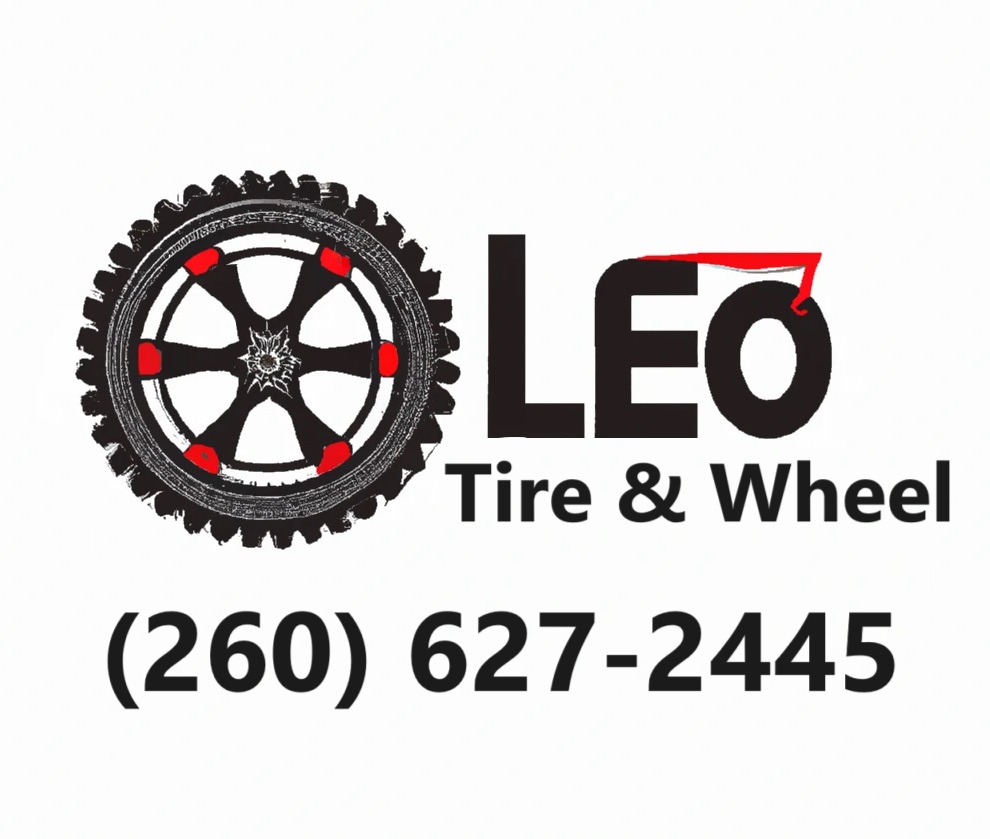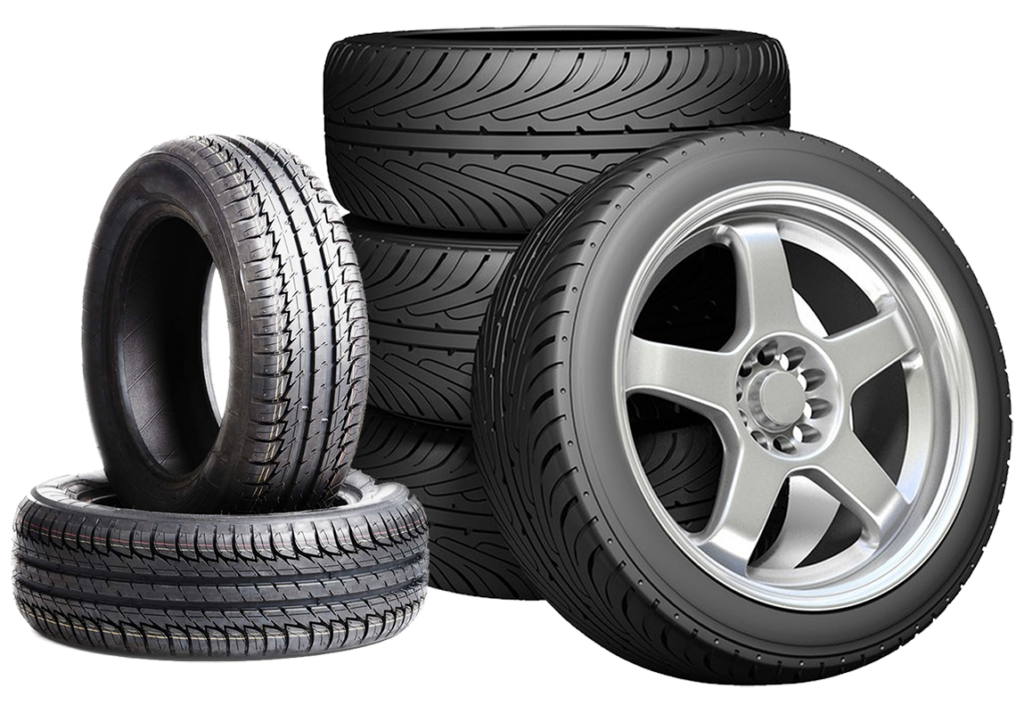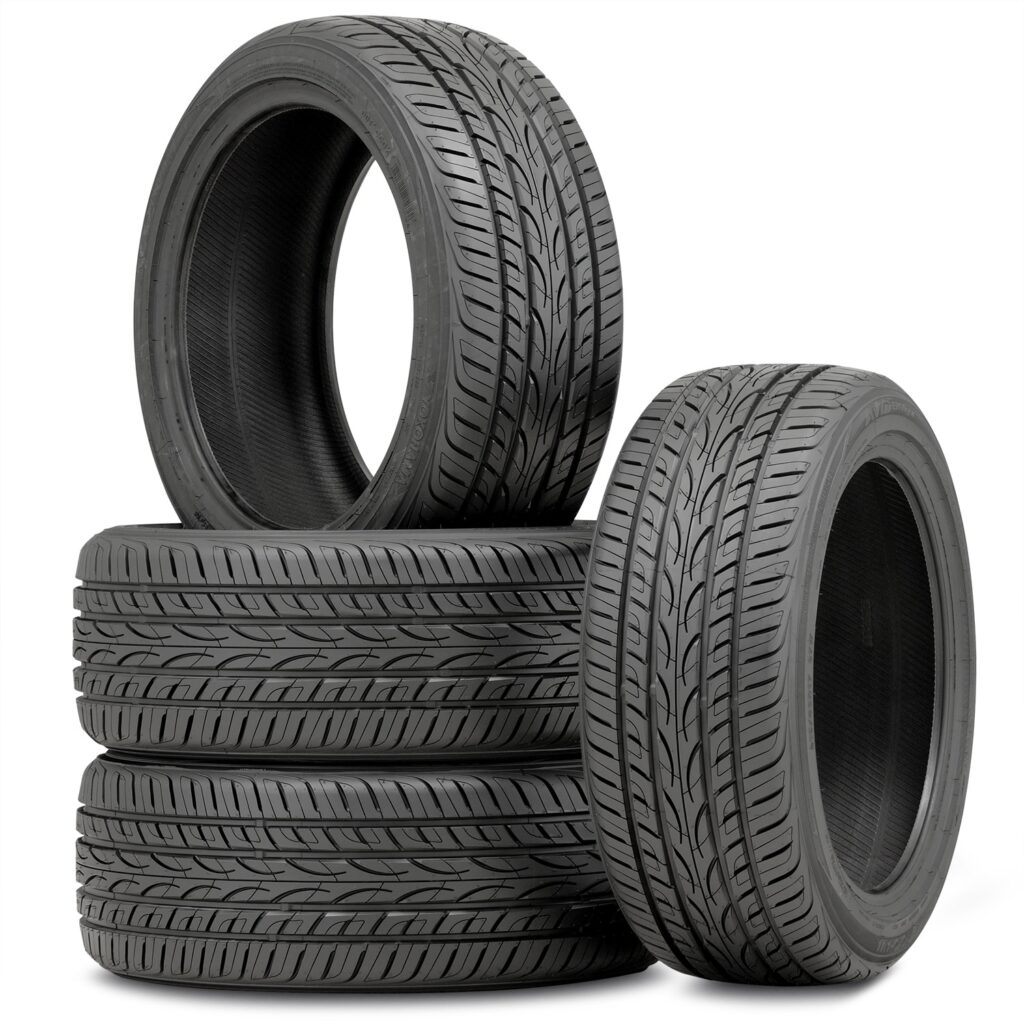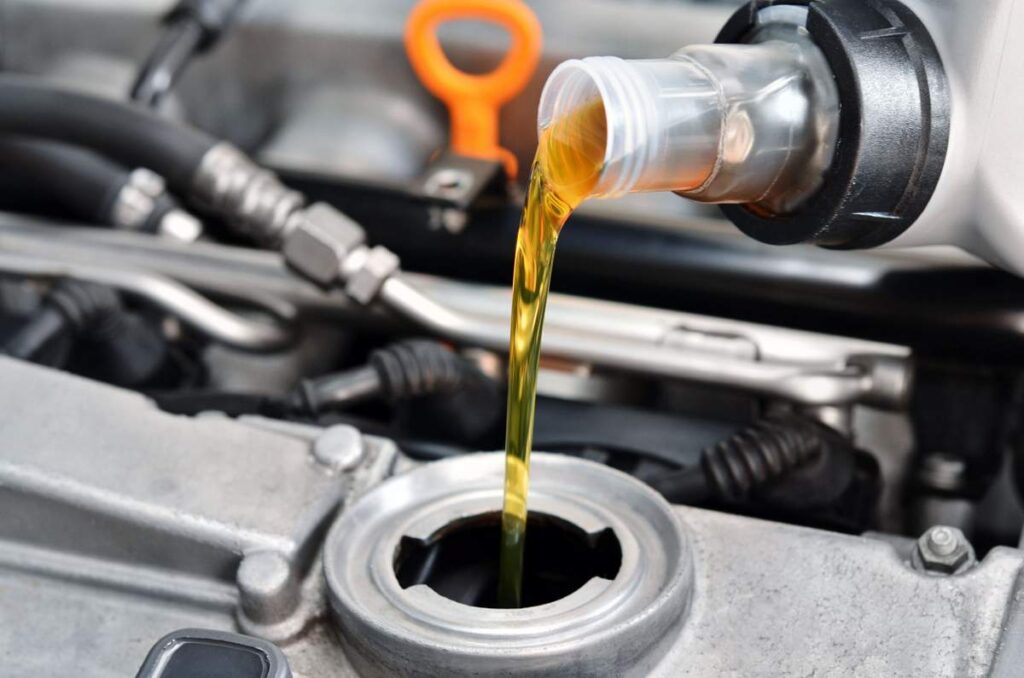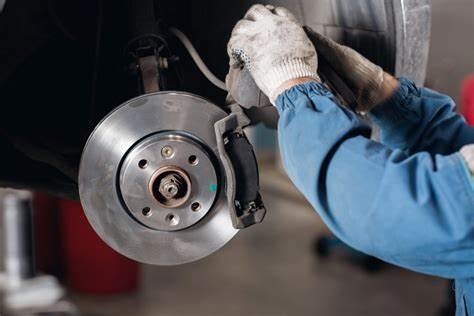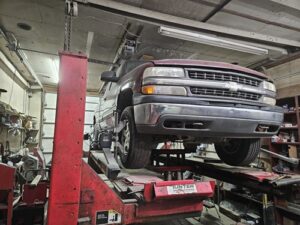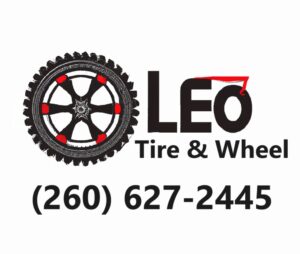Frequently Asked Questions
How often should tires be rotated after mounting?
Tires should be rotated every 5,000 to 7,500 miles after mounting. Regular rotation helps ensure even tire wear, extending the lifespan of your tires and maintaining optimal vehicle performance.
What are the safety precautions for tire mounting?
The safety precautions for tire mounting include using appropriate tools, ensuring the tire is properly seated on the rim, and checking for any damage before inflating. Always wear safety goggles and gloves to protect against potential hazards.
How do I fix a flat tire on the side of the road?
Fixing a flat tire on the side of the road involves several steps. First, safely pull over to a flat area, turn on your hazard lights, and apply the parking brake. Then, gather your spare tire, jack, and lug wrench to remove the flat tire, replace it with the spare, and securely tighten the lug nuts.
How long does a tire repair take?
The time it takes for a tire repair typically ranges from 30 minutes to an hour, depending on the extent of the damage and the service workload at Leo Tire & Wheel.
Can I replace only one tire at a time?
Replacing only one tire at a time is generally possible, but it's important to consider your vehicle's drive type and tire wear. For optimal safety and performance, we recommend replacing tires in pairs or all four, if needed.
Can I repair a punctured tire myself?
Repairing a punctured tire yourself is possible, but it requires proper tools and knowledge to ensure safety. If you're unsure or the damage is extensive, it's best to seek professional assistance to avoid risks.
How often should I replace my vehicles tires?
The frequency of replacing your vehicle's tires depends on several factors, but generally, it’s recommended to replace them every 6 years, or sooner if the tread wears below 2/32 of an inch.
How long does a tire replacement process take?
The tire replacement process typically takes about 30 to 60 minutes, depending on factors such as the number of tires being replaced and any additional services required.
What is the recommended torque for tire mounting?
The recommended torque for tire mounting ensures secure fitting. Typically, the torque specification ranges from 80 to 100 foot-pounds, but it's essential to consult your vehicle’s manual for the exact value specific to your make and model.
What tools are needed for tire mounting?
The tools needed for tire mounting include a tire mounting machine, tire balancing machine, bead breaker, tire levers, and air compressor. Having these tools ensures efficient and safe tire installation.
How does tire mounting affect vehicle performance?
Tire mounting directly impacts vehicle performance by ensuring optimal tire alignment and balance. Properly mounted tires enhance handling, improve fuel efficiency, and increase overall safety, contributing to a smoother and more stable driving experience.
What factors affect tire rotation frequency?
The factors affecting tire rotation frequency include vehicle type, driving conditions, tire wear patterns, and manufacturer recommendations. Regular rotation helps ensure even tire wear and extends the life of your tires.
How to determine if a tire is damaged?
Determining if a tire is damaged involves inspecting it for visible signs such as cracks, bulges, punctures, or uneven wear. Additionally, check for air pressure issues or unusual vibrations while driving, as these can indicate underlying problems.
What are common signs of tire wear?
Common signs of tire wear include uneven tread wear, bald spots, sidewall cracks, and vibrations while driving. Regularly inspecting your tires helps ensure safe handling and extends their lifespan.
What is the process for mounting tires?
The process for mounting tires involves several key steps. First, the old tires are removed from the wheels, followed by a thorough inspection of the wheel for any damage. New tires are then mounted onto the wheels using a tire machine, ensuring proper alignment and pressure. Finally, the wheels are balanced to prevent vibrations while driving, completing the installation.
How can I tell if tire pressure is low?
Low tire pressure can be identified by looking for visible signs such as a flat appearance, uneven wear on the tires, or a warning light on your dashboard. Regularly checking your tire pressure using a gauge is also essential for maintenance.
What is the average lifespan of tires?
The average lifespan of tires is typically between 6 to 10 years, depending on factors such as usage, maintenance, and driving conditions. Regular inspections and proper care can help extend tire life.
What type of jack is best for tire changing?
The best type of jack for tire changing is a hydraulic floor jack. It offers stability and ease of use, lifting vehicles quickly and safely, making it an ideal choice for efficient tire changes.
Can I mix different tire brands on my vehicle?
Mixing different tire brands on your vehicle is generally not recommended. It can lead to uneven handling and affect traction, stability, and overall safety. For optimal performance, it's best to use the same brand and model of tires on all wheels.
What is the best way to store tires?
The best way to store tires is to keep them in a cool, dry place away from direct sunlight, stacked horizontally if they are not mounted, or hanging if they are mounted. This helps prevent deformation and extends their lifespan.
What are the risks of improper tire installation?
The risks of improper tire installation include decreased vehicle handling, increased tire wear, potential blowouts, and reduced safety for you and others on the road. Proper installation is crucial for optimal performance and safety.
How do climate conditions affect tire performance?
Climate conditions significantly affect tire performance. For example, extreme heat can cause tires to wear out more quickly, while cold temperatures can reduce tire pressure and grip, impacting safety and handling on the road.
What maintenance is needed after tire mounting?
Maintenance needed after tire mounting includes checking tire pressure, ensuring proper wheel alignment, and balancing the tires. Regular inspections for wear and rotation are also essential for optimal performance and longevity.
What are the benefits of regular tire inspections?
The benefits of regular tire inspections include enhanced safety, improved fuel efficiency, and extended tire lifespan. Routine checks help identify issues early, ensuring optimal performance and preventing costly repairs, ultimately keeping your vehicle and passengers safe on the road.
How do I know when to replace tires?
Knowing when to replace tires is essential for safety. You should consider replacing your tires when tread depth reaches 2/32 of an inch, if you notice uneven wear, or if there are visible cracks or bulges in the sidewalls.
What is the impact of under-inflated tires?
The impact of under-inflated tires is significant, leading to reduced fuel efficiency, increased tire wear, and compromised handling, which can ultimately endanger vehicle safety. Regularly checking tire pressure helps mitigate these risks.
How do I check the tread depth?
Checking the tread depth is essential for tire safety. To do this, use a tread depth gauge or the penny test—insert a penny into the tread; if you can see Lincoln’s full head, it’s time to replace the tires.
What is the best tire pressure for my vehicle?
The best tire pressure for your vehicle is the manufacturer's recommended level, typically found on a sticker inside the driver’s side door or in the owner’s manual. Maintaining this pressure ensures optimal performance and safety.
What are the differences between summer and winter tires?
The differences between summer and winter tires are significant, as summer tires excel in warm, dry conditions with enhanced grip and handling, while winter tires are designed for cold, snowy environments, providing better traction and control on ice and snow.
How can I optimize tire longevity?
Optimizing tire longevity involves regular maintenance, including proper inflation, timely rotation, and alignment checks, as well as avoiding overloading the vehicle and driving on rough terrain to ensure even wear and prolonged tire life.
